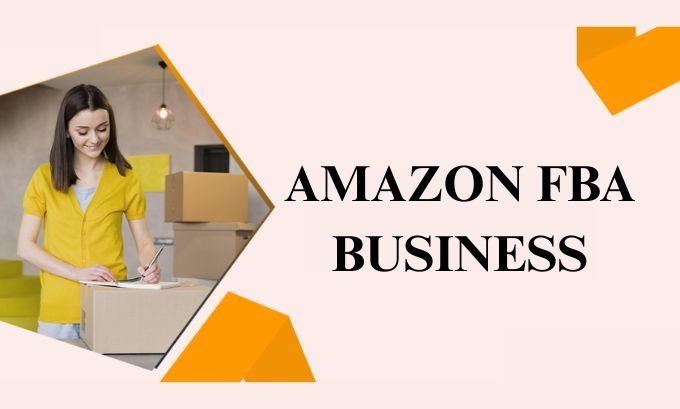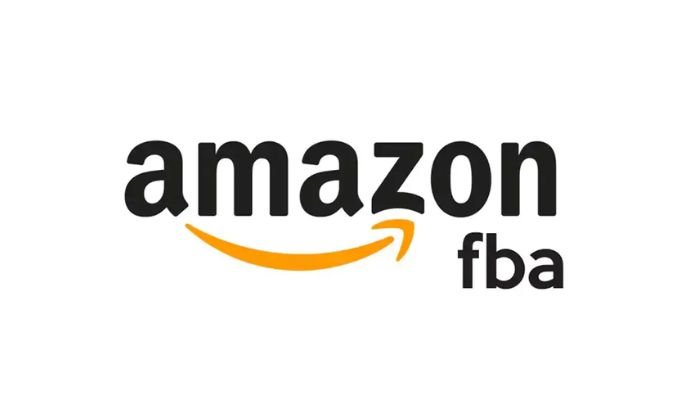Thinking about launching an e-commerce business? Selling on Amazon is a great way to reach millions of potential customers without the need to build a website from scratch. One of the most popular ways to do this is through Fulfillment by Amazon, or FBA.
This guide will walk you through what Amazon FBA is, its main advantages and disadvantages, and the simple steps you can take to launch your own FBA Business.
Table of Contents
What is Amazon FBA?
Fulfillment by Amazon (FBA) is a service that allows sellers to store their products in Amazon’s fulfillment centers. When a customer places an order, Amazon handles the picking, packing, shipping, and even customer service for those products. This lets you, the seller, focus on sourcing products and growing your business, rather than managing logistics.
Pros and Cons of Amazon FBA
Using FBA offers significant advantages, but it’s important to be aware of the potential downsides as well.
| Pros | Cons |
|---|---|
| Prime Eligibility: Your products automatically qualify for Amazon Prime’s free, fast shipping, which is a major draw for customers. | Fees: FBA involves various fees, including storage fees, fulfillment fees, and long-term storage fees for items that don’t sell quickly. |
| Logistics Handled: Amazon takes care of storage, packing, and shipping, saving you considerable time and effort. | Inventory Management: You need to monitor your stock levels carefully to avoid storage fees and stockouts. |
| Customer Service: Amazon manages customer inquiries, returns, and refunds, providing 24/7 support. | Strict Prep Requirements: Products must be prepped and labeled according to Amazon’s specific guidelines before being sent to a fulfillment center. |
| Scalability: FBA makes it easier to scale your business by leveraging Amazon’s vast logistics network. | Commingled Inventory Risk: If you opt for commingling, your products could be mixed with identical items from other sellers, which can sometimes lead to quality control issues. |
How to Start with Amazon FBA in 5 Steps
Ready to get started? Here’s a simple, five-step process to launch your Amazon FBA store.
1. Find a Product to Sell
The first and most crucial step is product research. You need to find a product with healthy demand and relatively low competition. Use tools like Jungle Scout or Helium 10 to analyze sales data, search volume, and competitor performance. Look for a niche you’re interested in and identify a product that you can source or create.
2. Create an Amazon Seller Account
Once you have a product idea, you’ll need to set up an Amazon Seller Account. You can choose between two plans:
- Individual Plan: Costs $0.99 per item sold. This is a good option if you’re just starting and plan to sell fewer than 40 items per month.
- Professional Plan: Costs $39.99 per month, regardless of how many items you sell. This plan offers more features, including access to advanced selling tools and the ability to win the “Buy Box.”
3. List Your Products
After setting up your account, it’s time to create your product listings. A great listing is essential for attracting customers. Make sure you include:
- High-quality product images from multiple angles.
- A descriptive and keyword-rich title.
- Bulleted key features highlighting the product’s benefits.
- A detailed product description.

4. Prepare and Ship Your Products to Amazon
Before you can send your inventory to an Amazon fulfillment center, you must prepare it according to FBA guidelines. This includes proper labeling with FNSKU barcodes and packaging to prevent damage during transit. Once prepped, you’ll create a shipping plan in your Seller Central account and send your products to the designated Amazon warehouse.
5. Launch and Promote Your Product
With your products stored at Amazon’s warehouse and your listings live, you’re ready to start selling! To gain initial momentum, consider using Amazon’s advertising platform, Pay-Per-Click (PPC), to drive traffic to your listings. Encourage early customers to leave reviews, as positive feedback can significantly boost your product’s visibility and sales.
Frequently Asked Questions (FAQ)
How much money do you need to start Amazon FBA?
The initial investment can vary greatly. You’ll need to budget for inventory (often the largest cost), Amazon seller fees, product research tools, and potentially marketing. A common starting budget is between $1,500 and $3,000, but it’s possible to start with less, especially if you source low-cost items.
Is Amazon FBA still profitable?
Yes, Amazon FBA can still be very profitable. However, the market is more competitive than it used to be. Success depends on thorough product research, effective marketing, and smart inventory management. Finding a unique product or serving an underserved niche is key.
What is the difference between FBA and FBM?
FBA (Fulfillment by Amazon) means Amazon handles your storage and shipping. FBM (Fulfillment by Merchant) means you, the seller, are responsible for storing your inventory and shipping orders directly to customers.
Your Next Steps in E-Commerce
Starting an Amazon FBA business requires careful planning and execution, but it offers a powerful platform to build a successful online brand. By finding the right product and following these steps, you can leverage Amazon’s massive customer base and world-class logistics to grow your business.
Exploring product trends at stores like Tokyo Mart can spark ideas for your next profitable Amazon FBA product.
